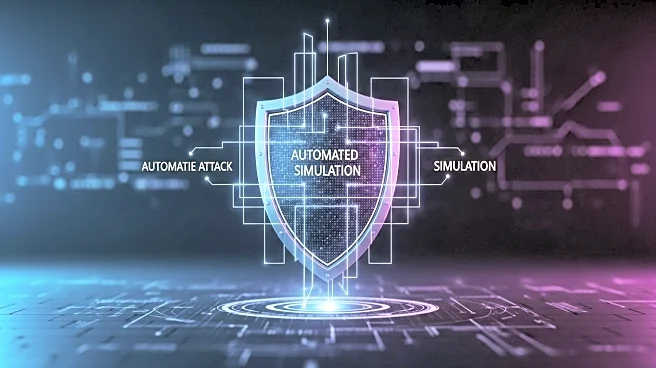What is the story about?
What's Happening?
DPV Health, a Melbourne-based not-for-profit organization, has transitioned from annual penetration tests to bimonthly automated attack simulations to improve its vulnerability management. This shift aims to provide more frequent and proactive threat assessments. Noel Toal, the former CIO of DPV Health, initiated the use of breach and attack simulation (BAS) tools after finding traditional annual tests insufficient. The BAS tool allows DPV Health to conduct various testing methodologies, including black box, grey box, and targeted attack scenarios. Since adopting the BAS solution, DPV Health has seen significant improvements in its cybersecurity measures, with the tool providing continuous validation of security protocols throughout the year.
Why It's Important?
The healthcare sector is increasingly vulnerable to cyber threats, often topping breach rankings. DPV Health's move to automated attack simulations reflects a broader need for enhanced cybersecurity measures in healthcare. By continuously testing and validating security systems, DPV Health aims to mitigate risks and improve the skills and motivation of its cyber team. This proactive approach could serve as a model for other organizations in the sector, highlighting the importance of moving beyond traditional compliance exercises to address real vulnerabilities.
What's Next?
DPV Health plans to further integrate artificial intelligence into its operations, exploring its use in clinical settings and technology development. The organization is considering AI applications for note-taking during patient consultations and sentiment analysis in its contact center. As DPV Health awaits government guidance on AI use, it anticipates expanding these applications to enhance clinical operations and technology development.
Beyond the Headlines
The adoption of automated attack simulations and AI in healthcare raises ethical and operational questions. Ensuring the accuracy and reliability of AI tools in clinical settings is crucial, as errors could have significant consequences. Additionally, the shift towards continuous cybersecurity validation may require changes in organizational culture and resource allocation.
AI Generated Content
Do you find this article useful?














